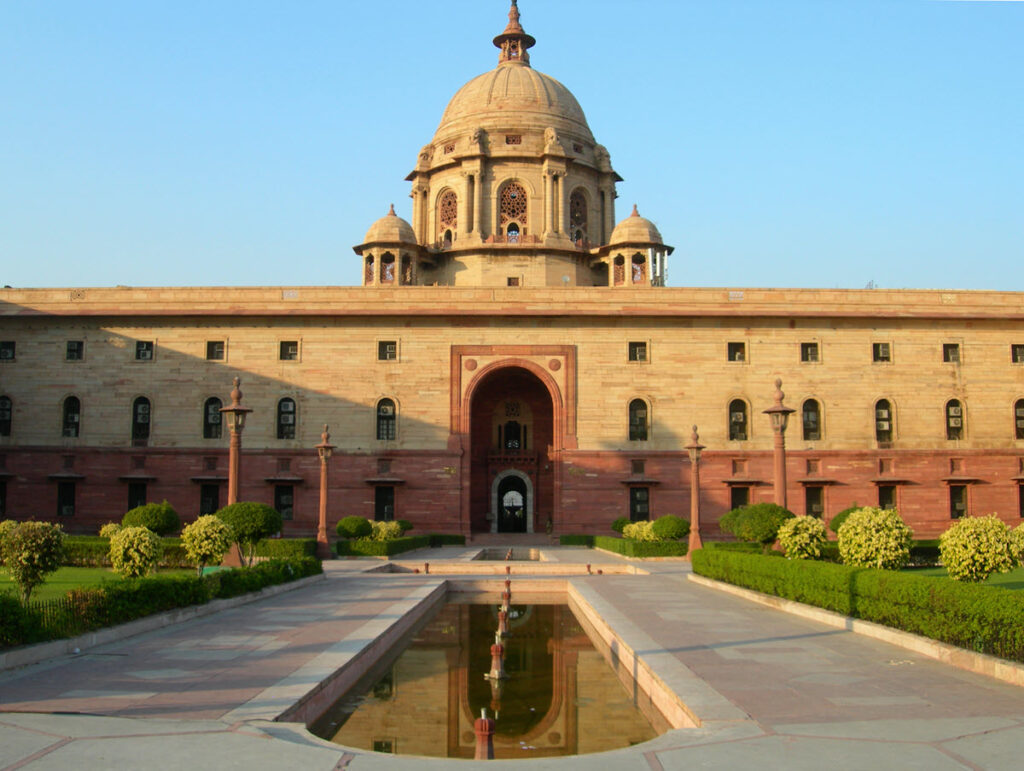
Summary: India and Nepal want to review and revise their 1950 Friendship Treaty regulating trade.
By Dan Bolton
India’s Parliamentary Committee on Commerce is pressing for a review of the 1950 Indo-Nepal Treaty of Peace and Friendship that allows free movement of people and goods.
The treaty permits Nepalese and Indian citizens to live, work, own property, and conduct business on either side of the border. Citizens cross the border without a passport or visa. There are no tariffs on goods and services. Trains and commercial truckers carrying foods, including tea, are inspected for food hygiene by the FSSAI (Food Safety and Standards Authority of India), but hundreds of small trucks and scooters carrying tea cross daily unimpeded.
The treaty is unpopular in Nepal because of issues of sovereignty that give wealthy Indians unfettered market access. In January 2021, during a three-day trip to India, Nepal Foreign Minister Pradeep Kumar Gyawali said that Nepal would also like to revise the 1950 Indo-Nepal Treaty to reflect “changes and new realities” and resolve a “few misunderstandings.”
In June, Commerce Committee Chair V. Vijayasai Reddy asked the government to impose stringent “certificate of origin” requirements that would subject tea imports to a “quality standard,” expanding existing food safety regulations. The intent is to curb the flow of inexpensive tea that is blended and sold as higher-priced Darjeeling. The committee’s report calls for enacting an anti-dumping duty, ranging from 40-100%, that would negatively impact Nepal’s tea industry.
Nepal produces around 25,000 metric tons annually and exported 11,920 tons during the last fiscal year. Export earnings were NPRs3.79 billion rupees (about $30 million US dollars). India buys 80-90% of Nepal’s orthodox tea and 50% of the CTC (cut, tear, and curl) grades processed mainly at bought-leaf factories. Orthodox tea is priced much higher than CTC but yields only 334 kilos per hectare. CTC yields an average of 1,598 kg per ha and sells for about half that of comparable Indian-grown tea.
According to the Kathmandu Post, Darjeeling tea, in bulk, is priced anywhere between IRs 320 and IRs 360 rupees per kg. Orthodox varieties of Nepali tea sell for less than half that price. Orthodox teas, commonly known as Himalayan tea, are similar to the Darjeeling variety grown in West Bengal in taste, aroma, and flavor, writes the newspaper.
According to the newspaper, Nepali tea producers say that if India goes ahead with the parliamentary’s committee’s recommendation, Nepal’s tea sector will collapse. The paper cited a steep decline in shipments post-COVID, India’s decision to delay the transit of 40,000 tons of Nepal tea for several weeks last year, and, in some instances, reject shipments transiting India but bound for other countries.
In November 2021, India announced it would cancel import licenses of unscrupulous domestic tea companies found to be blending Himalayan teas with those from Darjeeling. The Tea Board of India imposed new restrictions to prevent companies from importing inferior tea.
Deepak Khanal, director of Nepal’s National Tea and Coffee Development Board, said that unfounded “rumors” questioning the quality of Nepali tea also contributed to the decline.
He told the Post that “India has adopted a policy to discourage buyers from importing Nepali tea,” citing a tea shipment of 6,000 metric tons in 20 cargo trucks stopped at the Jhapa border crossing in June 2020. Inspectors demanded additional lab tests, which caused delays. “We were surprised by the change in policy overnight,” said Khanal. He said that the Indian side also halted the export of Nepali tea to third countries via India. Northern India borders northern Nepal in the east, west, and south. “Domestic traders and producers are obviously discouraged.”
To obtain export certification, Nepali tea must be tested at the Central Food Laboratory in Kolkata, India. Discussions between the two countries have since resolved double verification and notification concerns.
BIZ INSIGHT – In 2016, Nepal and India, mutually seeking closer relations, agreed to review all bilateral agreements and treaties and, in 2018, issued a report described as a strong groundwork for furthering India-Nepal relations and “reset” ties.
According to Nepalese diplomats, the negotiation of navigation rights for access to the 1,500-mile-long Ganges River is an example of how the treaty could be modified. Nepal is a landlocked nation with limited transport capability, but major tributaries in Nepal could one day connect Nepal to the Bay of Bengal in Bangladesh.






